Your Guide to Fall Hydrangea Care
Caring for your hydrangea can make all the difference for next year’s blooms. Hydrangeas are strong and can come back from almost anything when given enough time and proper care.
Read fall care tips below and then visit our total guide to growing hydrangeas here!
Just follow these fall tips for pruning and maintenance. It isn’t complicated.
Identify
It is important to identify your variety first because some hydrangea varieties do not like being pruned in the fall.
If your garden has hydrangeas, then you need to know that there are two types of hydrangeas. One type produces flower buds on old wood and the other produces flower buds on new wood. Stems are called old wood if they have been on the plant since the summer before. New wood are stems that develop in the current season. Most varieties found in gardens are old wood bloomers including Mophead, Big Leaf, Lacecap, and Oakleaf hydrangeas. Double check your variety with your local garden center.
When to Prune
Hydrangeas can grow for years without being pruned, but if they get unruly, over take an area of the garden or lose their growing capabilities – it is time to trim. But when to prune them?
Prune fall blooming hydrangeas, or old wood bloomers, after they bloom in the summer. If you prune old wooded hydrangeas in fall, you are cutting off next seasons blooms.
Summer blooming hydrangeas, or those that bloom on new wood, are pruned in the fall, after they stop blooming.
Hydrangeas are colorful and vibrant in the early season, but are hard to preserve after being cut. They are easier to care for after they start drying on the bush.
How to Prune
Near the bottom of your plant, you will see thin, wispy, weak growth. Cut those down. They will take up energy that your plant could use for blooms.
Look for any dead stumps on your stems. They will not have grown any new wood or buds out of the original old wood. Cut the dead stumps down to their base to completely remove them. This will allow the new growth underneath to have a chance to succeed.
Dead and old blooms need to be removed to make room for new buds to come through. Cut the flower head off right above the first few leaves to encourage blooms for the next summer.
Stand back from the plant and observe its shape. You’ll want to prune the shrub into the shape you prefer, a sphere is the typical style but you could prune it into any shape you want!
Clean the Debris
Remove any debris that fell off from the base of the plant. You want to make sure your soil is free of any weeds, leaves and dead flowers.
Fertilize
If you’re growing blue hydrangeas, feed with Holly-tone to keep the soil acidic and the blooms bright. Otherwise, opt for Flower-tone.
For the best hydrangea care, feed 2-3 times throughout the growing season, which is from spring until fall.
Follow these few steps and your hydrangeas will be happy and vibrant for years to come.

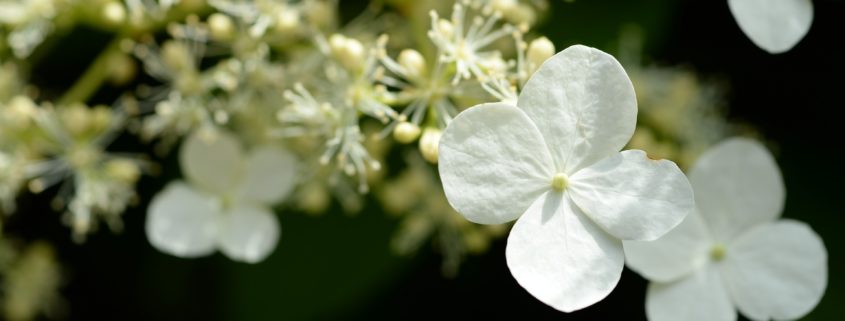
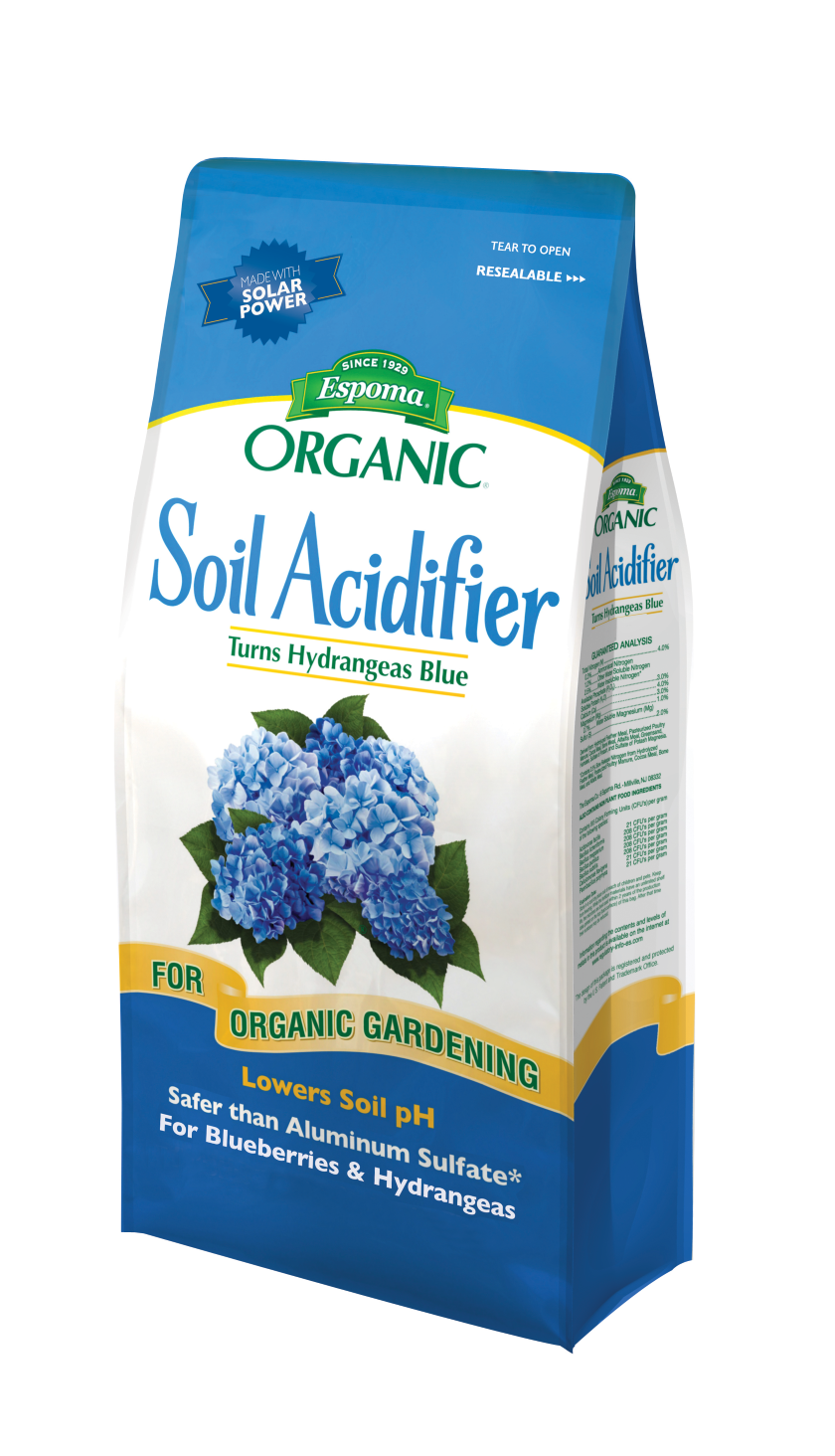
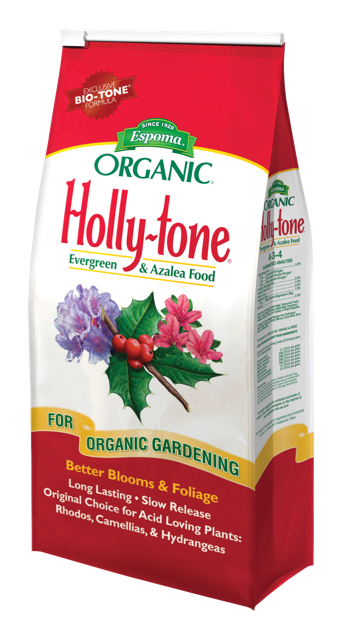
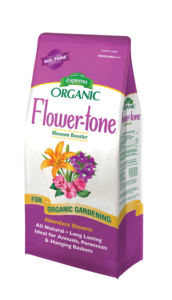

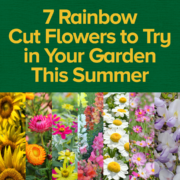



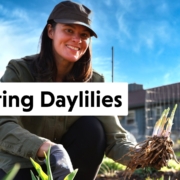
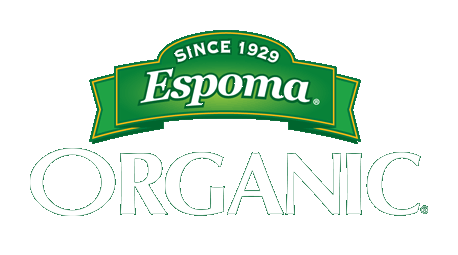
Trackbacks & Pingbacks
[…] Guide to Fall Hydrangea Care – Hydrangeas are strong and can come back from almost anything when given enough time and proper care. […]
Comments are closed.